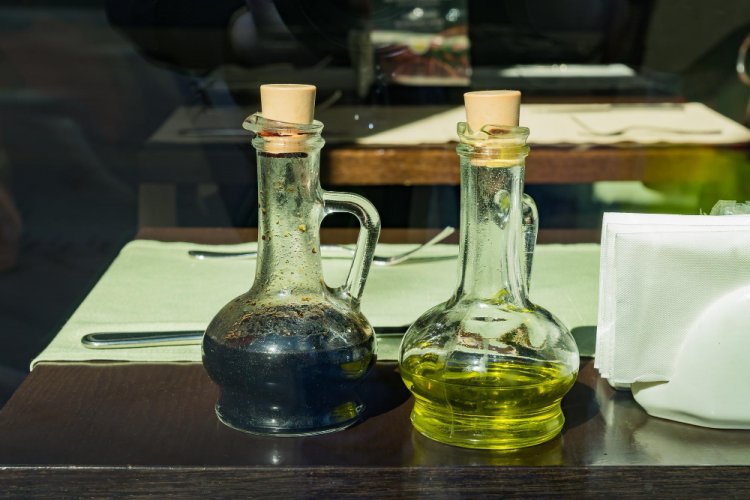Exploring the Richness of Balsamic Vinegar: A Culinary Delicacy
Origins and History The roots of balsamic vinegar can be traced back to ancient Rome, where it was prized both for its flavor and medicinal properties. However, it was during the Middle Ages in the Italian region of Emilia-Romagna, specifically in Modena and Reggio Emilia, that balsamic vinegar as we know it today began to take shape. Initially, it was crafted from grape pressings, boiled down to concentrate the flavors, and then aged in wooden barrels.

Production Process
Authentic traditional balsamic vinegar, often denoted as Aceto Balsamico Tradizionale, undergoes a meticulous production process that can span several years. It starts with the pressing of Trebbiano and Lambrusco grapes, which are then cooked down to form a concentrated grape must. This must is then fermented and aged in a series of wooden barrels, typically made from oak, cherry, chestnut, mulberry, or juniper wood. The aging process is crucial, as it allows the vinegar to develop its characteristic flavor and aroma. Traditional balsamic vinegar is aged for a minimum of 12 years, with some varieties aged for as long as 25 years or more.
Flavor Profile
One of the most distinctive characteristics of balsamic vinegar is its complex flavor profile, which balances sweetness with acidity and subtle hints of wood from the aging barrels. Traditional balsamic vinegar boasts a rich, syrupy consistency with notes of caramel, fruit, and a pleasant tanginess. It's often described as having a harmonious blend of sweet and sour flavors, making it a versatile ingredient in both savory and sweet dishes.
Culinary Uses
Balsamic vinegar is a culinary powerhouse, adding depth and complexity to a wide range of dishes. It's commonly used as a salad dressing, either on its own or combined with olive oil and various herbs and spices. Additionally, it pairs beautifully with cheeses, fruits, and roasted vegetables, enhancing their natural flavors. Balsamic vinegar can also be drizzled over grilled meats, seafood, and even desserts like strawberries and ice cream for a sophisticated touch. Its versatility makes it a beloved ingredient in both traditional Italian cuisine and modern gastronomy.
Health Benefits
Beyond its culinary appeal, balsamic vinegar offers several potential health benefits. Like other types of vinegar, it contains acetic acid, which has been linked to various health perks, including improved digestion, blood sugar regulation, and weight management. Additionally, balsamic vinegar is rich in antioxidants, which can help protect against oxidative damage and inflammation. However, it's essential to consume balsamic vinegar in moderation due to its relatively high sugar content, especially in commercial varieties.
In conclusion, balsamic vinegar stands as a testament to the artistry and craftsmanship of Italian culinary traditions. From its humble origins in ancient Rome to its status as a beloved culinary delicacy worldwide, balsamic vinegar continues to captivate food enthusiasts with its rich history, complex flavors, and versatile uses. Whether drizzled over a Caprese salad, used as a marinade for grilled meats, or enjoyed as a finishing touch on a gourmet dessert, balsamic vinegar adds a touch of sophistication to any dish, making it an indispensable pantry staple for chefs and home cooks alike.
#BalsamicVinegar #ItalianVinegar #CulinaryDelicacy #VinegarProduction #TraditionalBalsamic #CulinaryUses #HealthBenefits #FlavorProfile
What's Your Reaction?





















